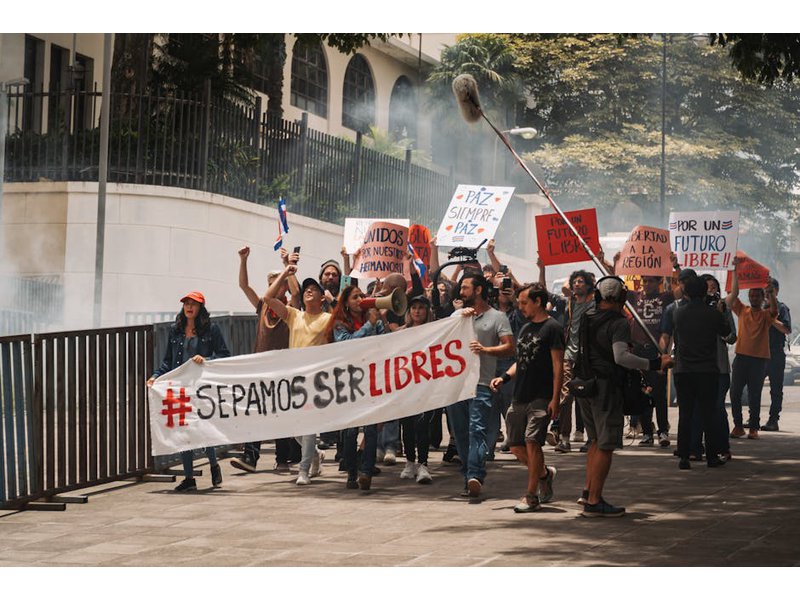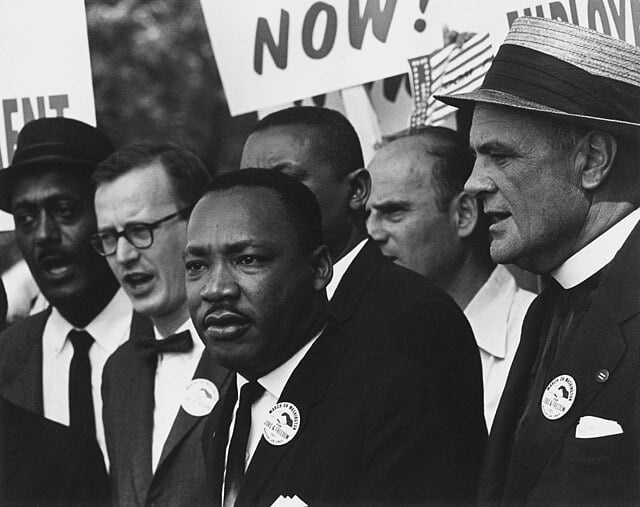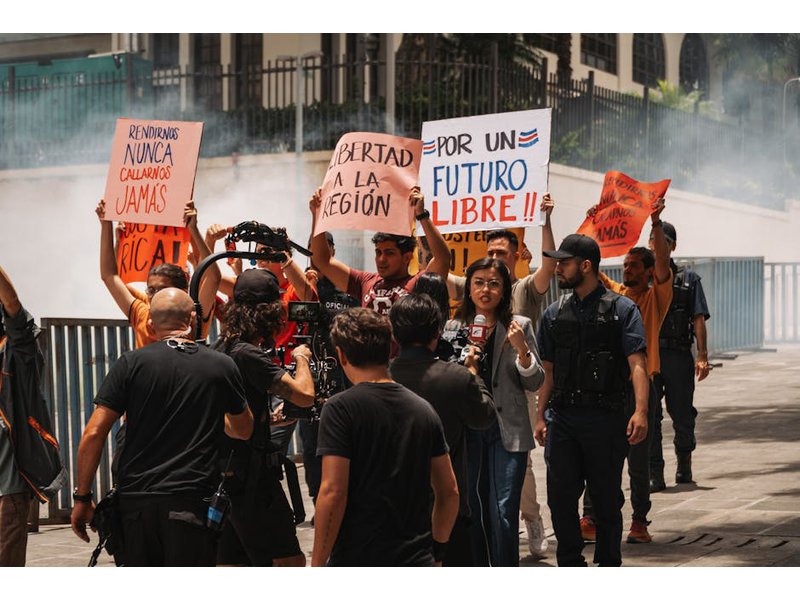130 removal of own signs and placemarks

"The removal, alteration, or replacement of house numbers, street signs, placemarks, railway station signs, highway direction and distance signs, and the like may temporarily misdirect, impede, or delay the movement of foreign troops and police. Such efforts, which seem to have only a stalling potential, are most likely to be effective where the troops or police are quite unfamiliar with the territory, where the country or layout of streets is especially bewildering or complicated, and where the population is unwilling to provide accurate directions. One of the potential uses of this method is to delay the political police until wanted persons have had time to escape, or until resistance headquarters or equipment can be relocated. The time thus gained may be minimal in some cases, although a psychological impact on both occupation forces and the resisting population may remain a significant factor."...
Potentially awesome partners
High scoring campaigns using this method
Historical cases from the Nonviolent Action Database that used this method
Latvians campaign for national independence, 1989-1991
The Baltic republics of Latvia, Estonia and Lithuania achieved their independence from the Soviet Union by conducting movements based on nonviolence. Tactics included: nonviolent protests, noncooperation, and defiance to combat Soviet military interv...
Czechoslovak resistance to Soviet occupation, 1968
For the first eight months of 1968, the Czechoslovak Communist Party engaged in limited but significant reforms known as ‘Prague Spring,’ including declarations of freedom of expression and organization. The reform movement began in January, when mod...
Low scoring campaigns using this method
Historical cases from the Nonviolent Action Database that used this method





